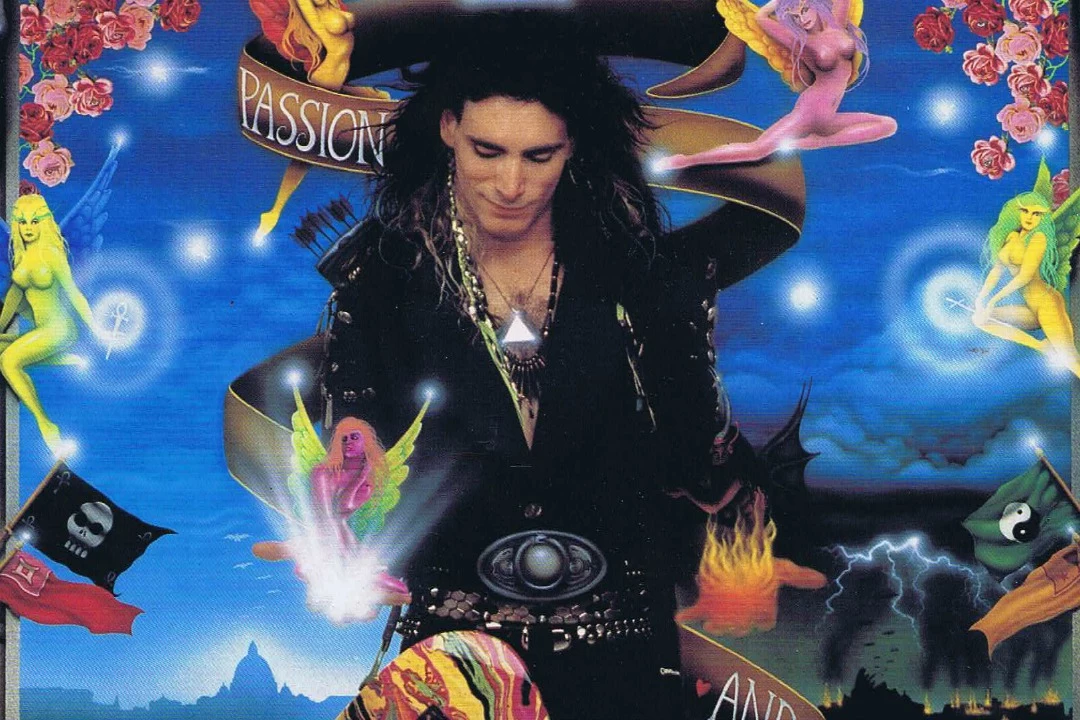

Without a good ear at the helm, you could find yourself musically adrift at sea. No matter what one is playing, one’s ear is the navigational device that steers the musical ship where it will go. This is also true when trying to emulate a piece of music, or transcribe it, or even just finding inspiration in it.
#Steve vai passion and warfare dvd how to
If, when listening to a piece of music, a musician is envisioning how to play it or is trying to play along, that musician is using his or her “ear”-the understanding and recognition of musical elements-for guidance. Training one’s ears to understand and recognize musical sounds and concepts is one of the most vital ways to fortify the connection between the musical ideas in one’s mind and the musical sounds created on one’s instrument.Īll musicians practice ear training constantly, whether or not they are cognizant of it. But without the ability to bring those imagined sounds into the real world, one’s creative aspirations will remain crippled. Possessing a healthy imagination is a necessary ingredient for creativity. Actually, I believe that developing a good “inner ear”-the art of being able to decipher musical components solely through listening-is the most important element in becoming a good musician. I could never overstate the importance of a musician’s need to develop his or her ear.

This songbook also includes a special 8-page color section of photos and illustrations, and 11 more songs from the CD transcribed in notes & tab:

On this album that the All Music Guide calls an amazing exhibition of six-string talent, guitar virtuoso Steve Vai pays tribute to his mentor Frank Zappa on the song Frank and to Stevie Ray Vaughan on Jibboom.


 0 kommentar(er)
0 kommentar(er)
